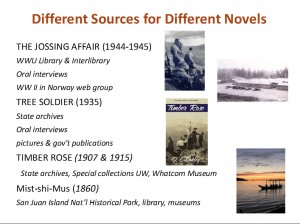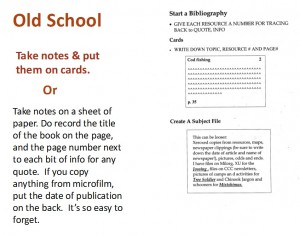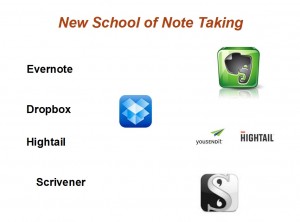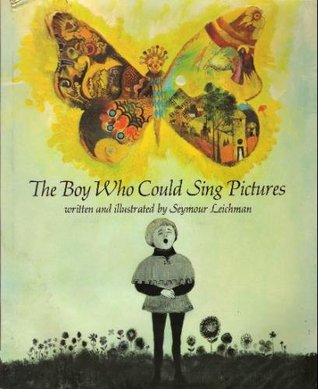While I consider myself to be an expert on imagining whole new worlds, I’m admittedly lacking when it comes to researching the real world. That’s why I’ve invited Janet Oakley, an historian and award-winning historical fiction author, to apply her expertise to the topic! Enjoy her post and check out her amazing novel TREE SOLDIER, set in the Pacific Northwest in the 1930’s!
Another Kind of World
Dragons in the belfry, Gods playing chess with mere mortals. Magic power in ice and fire. Another day in fantasy worlds, places I have enjoyed visiting through the works of J.R.R. Tolkien, George R.R. Martin, C.S. Lewis and others. They are the masters because their worlds make sense. The worlds have some order and often are based on historical periods, only magic and mythical beings just happen to populate the surroundings. I don’t write fantasy or sci-fi but historical fiction has always been about building worlds. You just have to do a bit of research.
All Stories Are Set in Place and Time
One of the most important things to keep in mind is that first, you are writing a story that just happens to take place in historic times. Your characters will live in this world and the big events like WW II or the Viking raids on Scotland will effect the way they respond to it while dealing with every day events. But how do you get started?
For some writers, such as Bernard Cornwell — one of my favorites for his Sharpe series — says that history comes first. He gets interested in a bit of history, such as the Battle of Waterloo and goes to it. Jack Whyte, wonderful writer of Knights Templar, Romans in Britain, says it’s a curiosity that gets him to write about a period. Diana Gabaldon has Claire and Jamie, but boy did she learn a lot about hangmen, such as being bone setters and torturers. They even dallied in the amulet business.
Somewhere along the line, however, all these writers had a research plan. And that’s what you need to do when writing historical pieces.
Creating a Research Plan: Ask Some Questions
What period are you writing in? What do you know about it so far? What is the technology? Transportation? Manners and social rules? Can you write down three things you know already?
Questions can lead to a basic book search. But first you need to know the types of sources you’ll be dealing with. There are two kinds of sources: primary and secondary.
-
A Primary Source is information created DURING an event or by participants and witnesses. Has a POV. Includes personal papers, photographs
-
A Secondary Source is information created AFTER an event to explain it to someone else.
Start with secondary sources first in order to get a broad overview of your era, provide context. The internet is fun, but really a good place to start is the old school way.
-
Read general books from the library on the period. Check out the bibliographies.
-
Build a list of books.
-
If your library doesn’t have the book you’ll want to use intra-library
-
As you read, create a chart in which to develop answers to questions you might have about the world that your characters move through. Such as, what kind of lighting did they have in this time? Did they have lamps run on whale oil or kerosene? How did they light such a thing?
-
You can check out non-fiction videos too.
The book that got me going on my first novel set in WW II Norway was Blood on the Midnight Sun. That book’s bibliography and stories provided me with good information and my villain.
As answers to these basic building blocks that form your world grow, do an on-line search using key words. Make sure your sources are reliable use the internet. Sites that end with .edu or .org will be more reliable.
Next Step: Organizing Your Research
You can go two ways: Old School notes and hard copy or software programs with note-taking. Either way works, but I like having hard copy on hand in files. Much easier to access when you start to do that book tour. I scan photos, copy pages from books and print off material from Google books.
Using primary resources
Remember these include diaries, letters, official documents, newspapers, periodicals, ephemera. Also included are artifacts, clothing (which is an artifact), buildings. Maps are a terrific way to understand your historic town. When I started researching Norway in WW II I found some amazing books from 1942 that had maps of the towns I was writing about. Today, I’m researching Washington D.C.. during the Civil War. I’m using an awesome interactive map of the city in 1864 that has the 1860 census, military information and public transportation built into it.
-
If you are lucky you can interview someone who lived through it.
-
Find Experts to help you understand technology of the time
-
Create a Tech Timeline
-
Create a calendar for your story’s year or month using the perpetual calendar.







One thought on “101 TIWIK #37: Creating Historical Worlds with Janet Oakley”